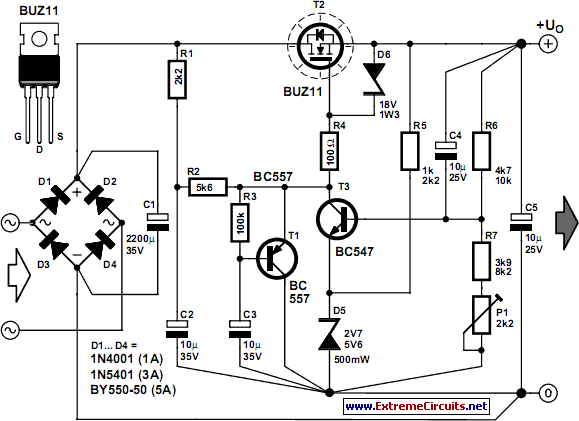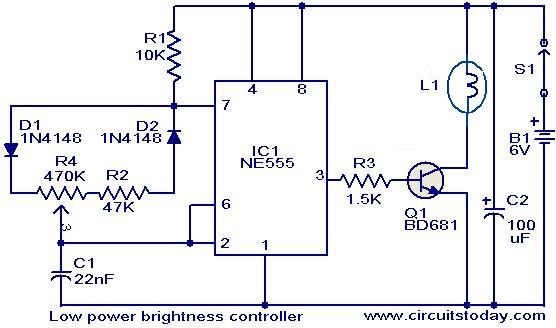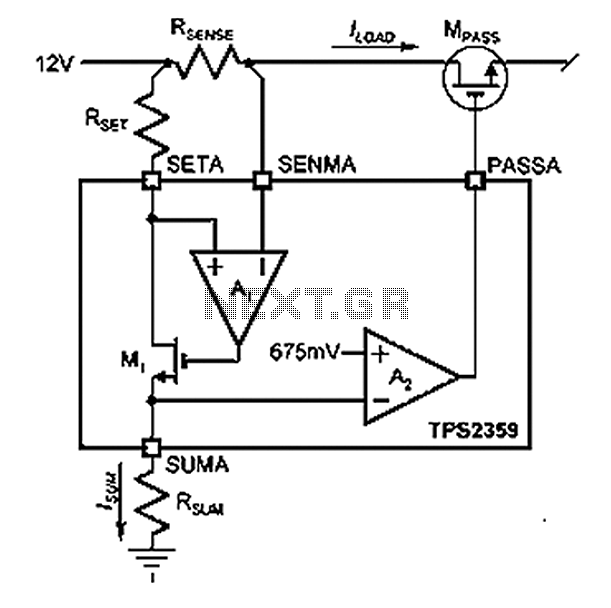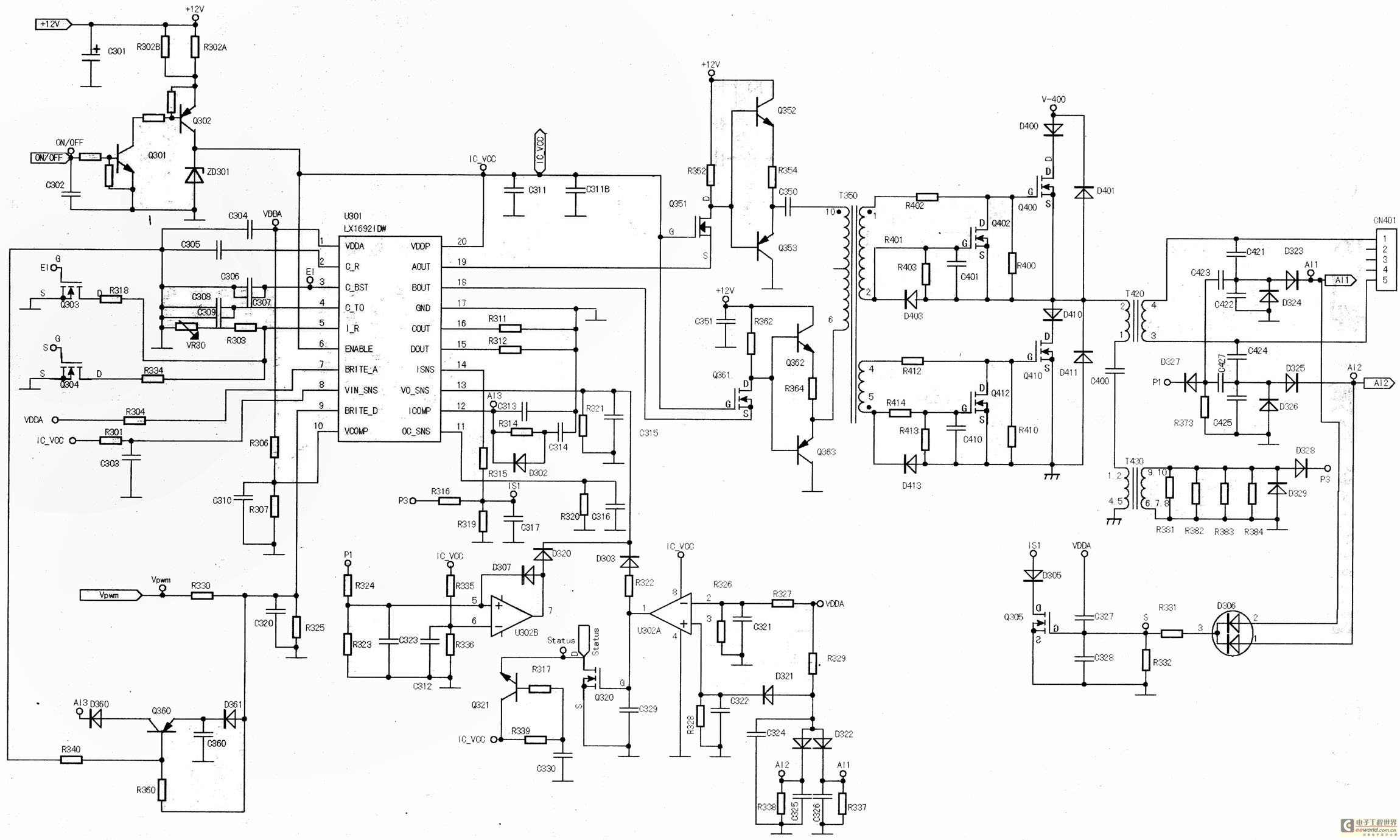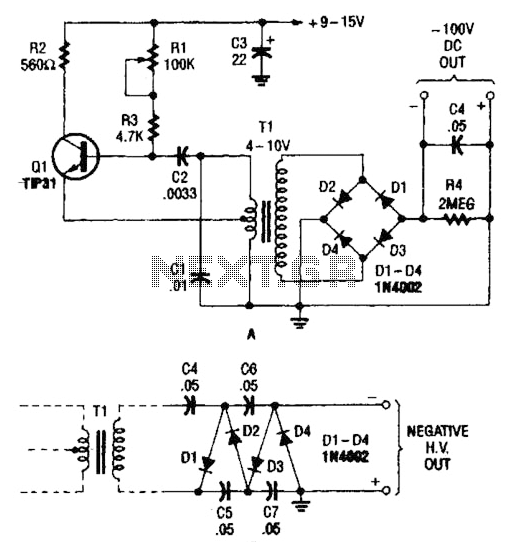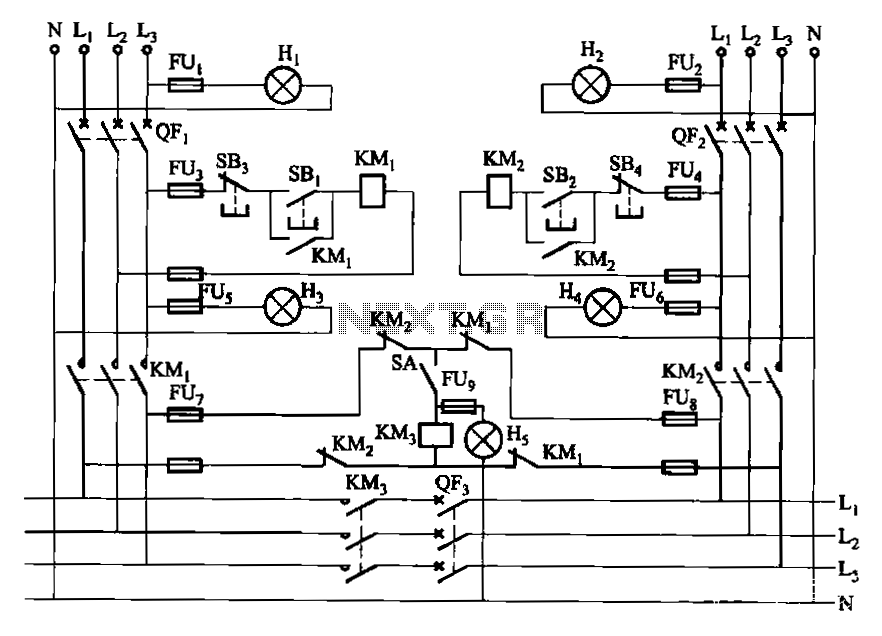
MAKING YOUR OWN REGULATED POWER SUPPLY

This document presents a basic electronics project focused on creating a regulated power supply. A regulated power supply is essential for various electronic circuits, as it provides a constant voltage necessary for their operation. Understanding how to construct a regulated power supply allows for the generation of a desired constant voltage whenever required. The discussion will encompass a simple regulated power supply circuit.
A regulated power supply is an electronic circuit or standalone unit designed to deliver a stable output voltage or, less frequently, a stable output current to a connected device or circuit. This stability is crucial for circuits that operate within specific power supply limits to ensure proper functionality and to prevent damage to sensitive components.
Typically, the output from a regulated power supply is in the form of direct current (DC), although it can also be alternating current (AC) in some applications. The design of a regulated power supply often involves the use of components such as transformers, rectifiers, filters, and voltage regulators.
1. **Transformer**: The transformer steps down the voltage from the mains supply to a lower AC voltage suitable for the circuit. It also provides electrical isolation between the high voltage mains and the low voltage output.
2. **Rectifier**: The rectifier converts the AC voltage from the transformer into pulsating DC voltage. This is commonly achieved using diodes arranged in a bridge configuration for full-wave rectification, which improves efficiency.
3. **Filter**: After rectification, the output voltage is still not stable. A filter, typically a capacitor, smooths out the pulsating DC signal to reduce ripple voltage, providing a more constant DC output.
4. **Voltage Regulator**: Finally, a voltage regulator ensures that the output voltage remains stable despite variations in load current or input voltage. Common types of voltage regulators include linear regulators (such as the LM7805 for 5V output) and switching regulators, which are more efficient for higher power applications.
In summary, the construction of a regulated power supply involves the integration of these components to achieve a reliable and stable output voltage. This knowledge is fundamental for anyone working with electronic circuits, as it allows for the creation of custom power solutions tailored to specific requirements.I am again here with another basic electronics projects, this time we are here to make our own regulated power supply We need a regulated supply so many times while working with electronic circuit, so we must have knowledge about regulated power supply, so that we can make our own power supply of desired constant voltage whenever needed. Here we w ill discuss about a simple regulated power supply circuit . . so lets have a look ! A regulated power supply is an embedded circuit, or stand alone unit, the function of which is to supply a stable voltage (or less often current), to a circuit or device that must be operated within certain power supply limits. The output from the regulated power supply may be alternating or unidirectional, but is nearly always DC.
🔗 External reference
A regulated power supply is an electronic circuit or standalone unit designed to deliver a stable output voltage or, less frequently, a stable output current to a connected device or circuit. This stability is crucial for circuits that operate within specific power supply limits to ensure proper functionality and to prevent damage to sensitive components.
Typically, the output from a regulated power supply is in the form of direct current (DC), although it can also be alternating current (AC) in some applications. The design of a regulated power supply often involves the use of components such as transformers, rectifiers, filters, and voltage regulators.
1. **Transformer**: The transformer steps down the voltage from the mains supply to a lower AC voltage suitable for the circuit. It also provides electrical isolation between the high voltage mains and the low voltage output.
2. **Rectifier**: The rectifier converts the AC voltage from the transformer into pulsating DC voltage. This is commonly achieved using diodes arranged in a bridge configuration for full-wave rectification, which improves efficiency.
3. **Filter**: After rectification, the output voltage is still not stable. A filter, typically a capacitor, smooths out the pulsating DC signal to reduce ripple voltage, providing a more constant DC output.
4. **Voltage Regulator**: Finally, a voltage regulator ensures that the output voltage remains stable despite variations in load current or input voltage. Common types of voltage regulators include linear regulators (such as the LM7805 for 5V output) and switching regulators, which are more efficient for higher power applications.
In summary, the construction of a regulated power supply involves the integration of these components to achieve a reliable and stable output voltage. This knowledge is fundamental for anyone working with electronic circuits, as it allows for the creation of custom power solutions tailored to specific requirements.I am again here with another basic electronics projects, this time we are here to make our own regulated power supply We need a regulated supply so many times while working with electronic circuit, so we must have knowledge about regulated power supply, so that we can make our own power supply of desired constant voltage whenever needed. Here we w ill discuss about a simple regulated power supply circuit . . so lets have a look ! A regulated power supply is an embedded circuit, or stand alone unit, the function of which is to supply a stable voltage (or less often current), to a circuit or device that must be operated within certain power supply limits. The output from the regulated power supply may be alternating or unidirectional, but is nearly always DC.
🔗 External reference
